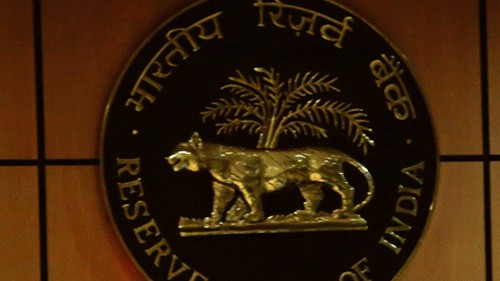
Representative image.
Credit: PTI Photo
Last week brought some good tidings to folks with loans in India. Following the Reserve Bank’s bi-monthly monetary policy meeting, Governor Shaktikanta Das made an announcement that will not leave borrowers blindsided when they switch from a floating interest rate to a fixed rate system. This comes at a time the apex bank has done a pause after raising the repo rate by 250 basis points in FY23, bringing it to 6.5 per cent currently. In this edition of DH Deciphers, Shakshi Jain delves into what the announcement holds for those with loans.
What exactly was the announcement?
RBI Governor Shaktikanta Das, last Thursday, announced that the apex bank will soon introduce a transparent framework for resetting interest rates on floating rate based loans. It will allow home, auto and other loan borrowers to switch from a floating interest rate regime to a fixed interest rate system and aid in premature closure of loans. Furthermore, lenders will have to clearly communicate charges associated with exercise of these options, as well changes in loan tenures and equated monthly instalments (EMIs) of customers.
What is the current mechanism in place?
Depending on the loan category, financial institutions presently offer customers the option to transition to a fixed interest rate system from a floating rate plan while charging a nominal fee. The general industry practice is to charge a fee usually ranging between 0.5-2% of the principal amount. During the procedure, factors such as the customer’s payment history, principal amount, tenure and so on are examined.
Floating interest rate loans versus fixed interest rate loans
As the nomenclature suggests, floating interest rate varies over the course of the loan tenure depending on the external benchmark rate it is linked to. This base rate, such as the repo rate - rate at which RBI lends money to financial institutions - is influenced by market forces. Whenever the base rate changes, interest rates on floating rate loans get revised accordingly. Floating rate loans are beneficial to borrowers when interest rates are expected to drop in the future.
In contrast, a fixed interest rate loan requires a borrower to pay set installments during the loan tenure. It offers a greater sense of security and stability in times of fluctuations in the economy.
Why now?
In order to tame inflation India has seen the repo rate increase from 4% to 6.5% during the last fiscal year ended March 2023. As a result, floating rates for loans have increased, meaning higher EMIs or longer repayment tenures for loan borrowers. Furthermore, supervisory reviews undertaken by the Reserve Bank have revealed instances of unreasonable elongation of tenure of floating rate loans by lenders without proper consent and communication to the borrowers, Das pointed out during his address on Thursday.
The new framework is an attempt to ensure greater transparency in the financial system whilst easing the impact of high interest rates for loan borrowers.
When is the new framework likely to be introduced?
Industry experts who spoke to DH said the fine print of the framework could take up to one to two quarters to be released in the form of a circular, with another 90-180 days for a full scale rollout and implementation of its provisions. They, however, displayed divided opinion on whether it would come as an optional or mandatory requirement for all regulated entities. If optional, the RBI is likely to set a cut off date for voluntary declaration, tied to adoption by financial institutions with faith in fair market competition, to usher in best practices thereafter.